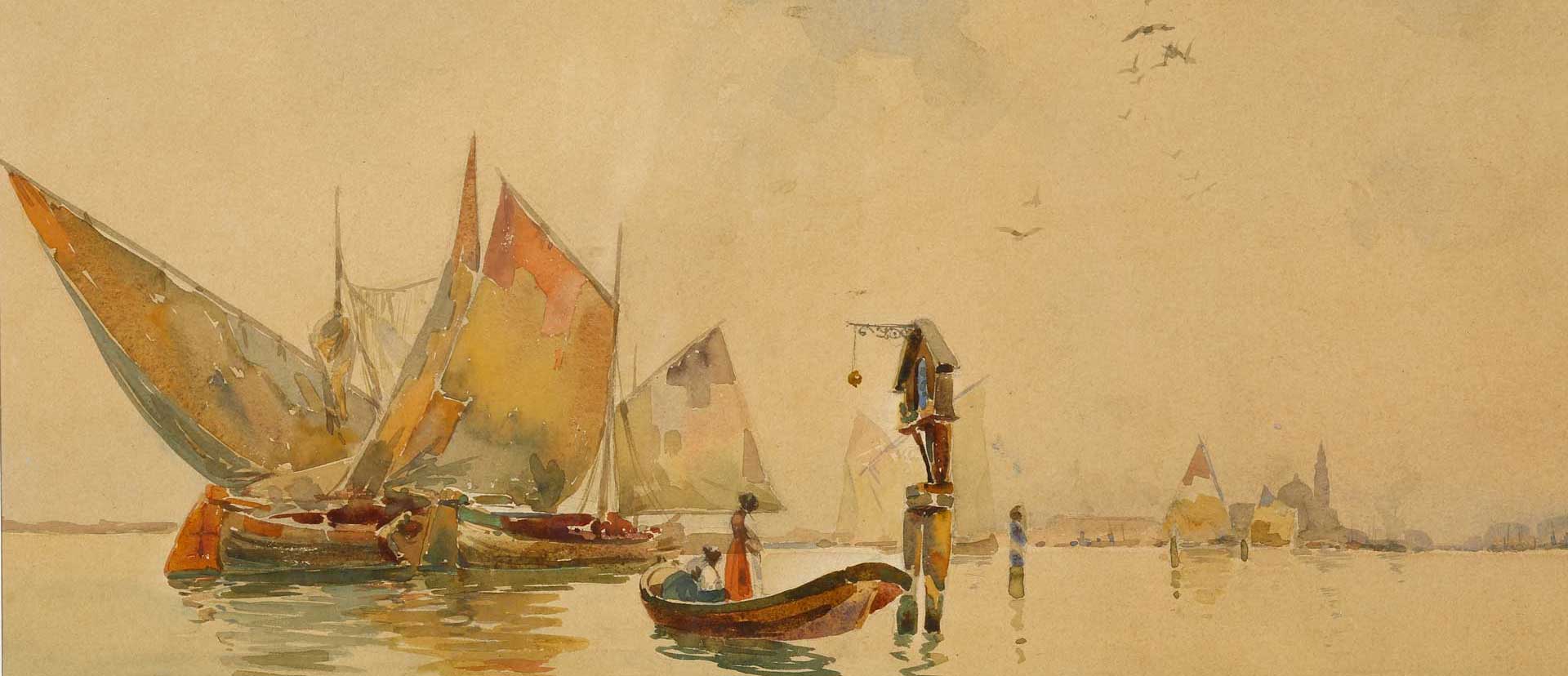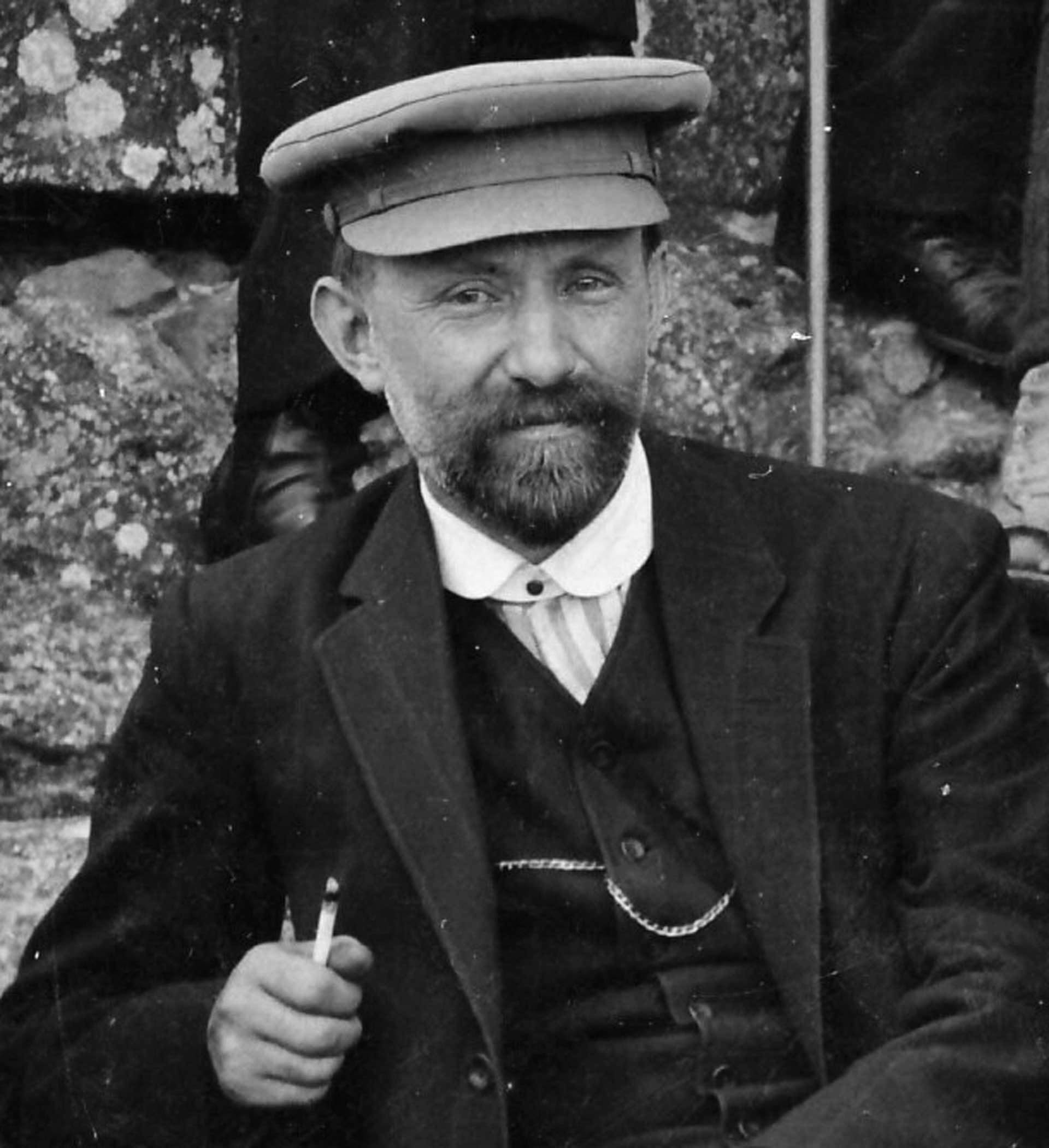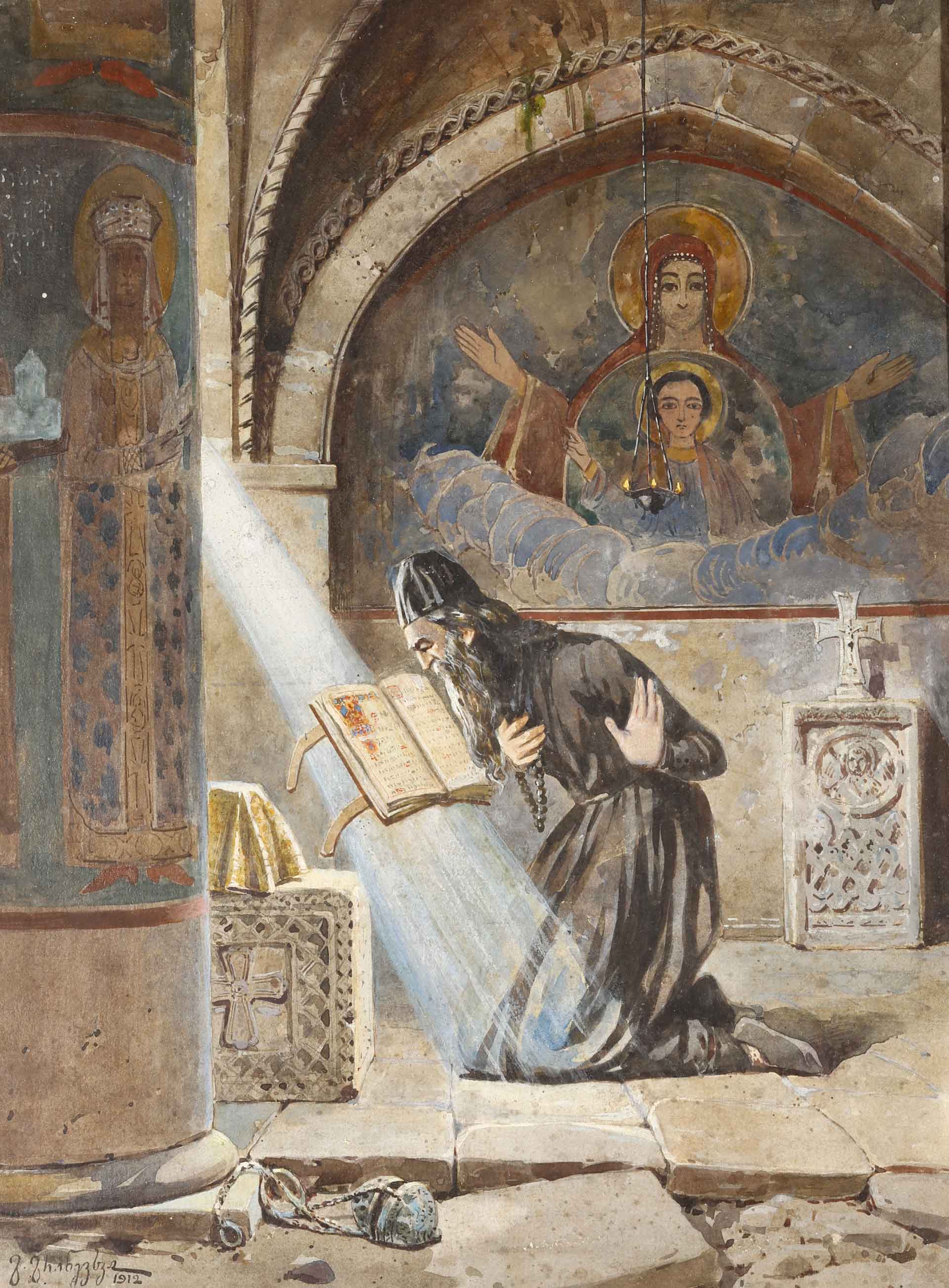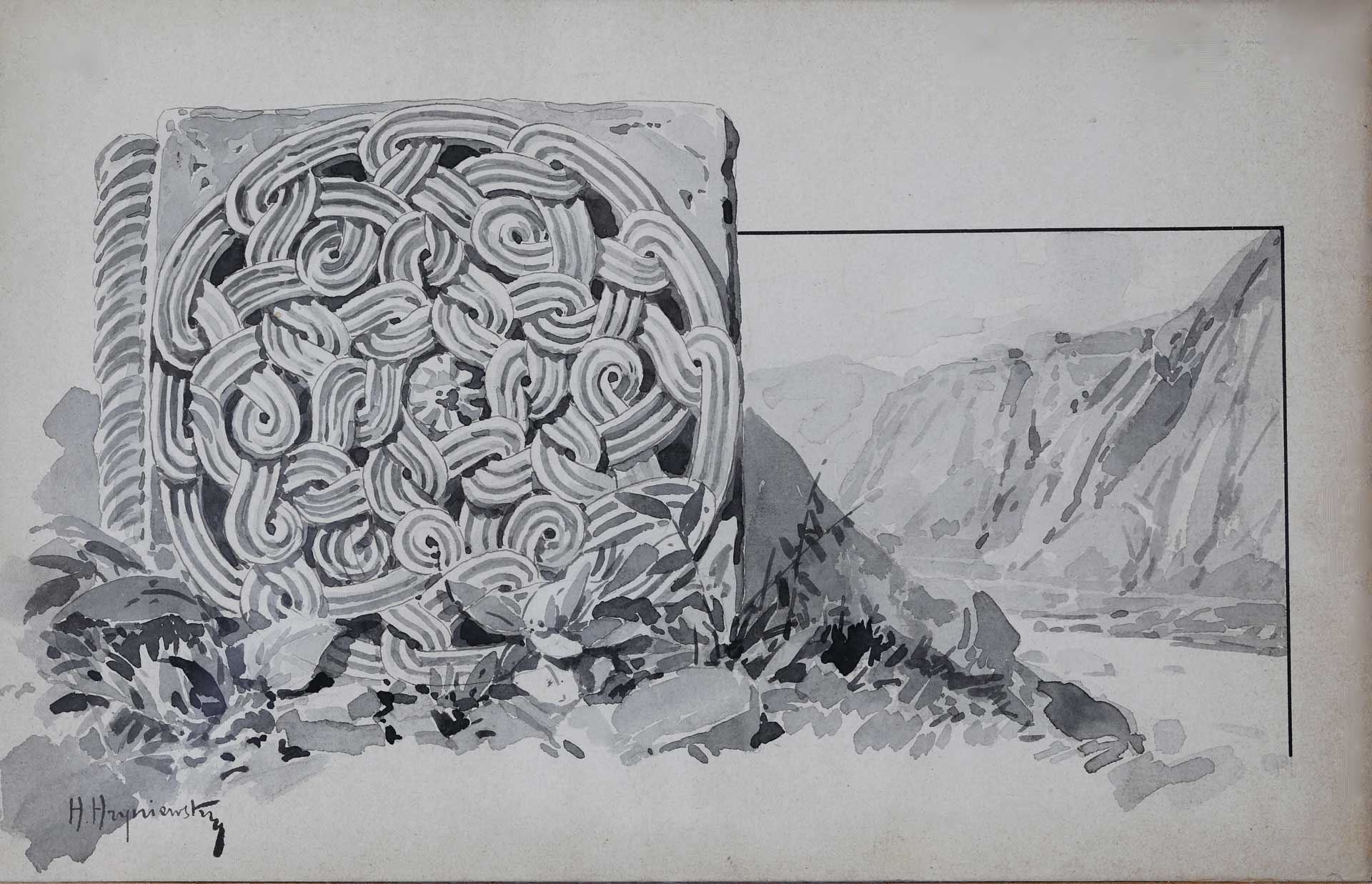
Feel free to add tags, names, dates or anything you are looking for


In 1937, Poles living in the Soviet Union became targets of the so-called ‘Polish operation,’ which was launched by the Soviet secret police. Tens of thousands of people of Polish ethnic origin were sentenced to death and summarily executed on trumped-up charges of counter-revolutionary activity and spying. Henryk Hryniewski became one of the many victims of the Soviet regime.

Henryk Hryniewski - 1869-1938
Born into a family of Polish émigrés in Kutaisi in 1869, Hryniewski received training at the Florence Academy of Art in Italy and the Karlsruhe Polytechnic Institute, Germany. In 1898 he returned to Georgia and settled in Tbilisi.
From the early 1900s to 1938, Hryniewski actively participated in the cultural processes that were taking place in Georgia. His legacy includes easel and monumental paintings, book illustrations, sketches of Georgian architectural monuments, architectural details and ethnographic items, as well as the design and decoration of numerous buildings. He was one of the founders of the Tbilisi Academy of Art, where he trained a whole generation of architects and painters from 1922 until his arrest.

Lighthouse - 1900s. Paper, watercolor. 31.5x51.5 cm. Photo by Georgian National Museum

Venice Market - Paper, watercolor. 25-55 cm. Photo by Georgian National Museum
‘I knew him well. He was my teacher. He sincerely loved Georgia and Georgian culture, which he served selflessly till the end of his life’, art historian Vakhtang Beridze wrote in 1989. More than fifty years after his execution, this was the first reference to the artist that was published. Over decades, the memories of those executed by the Soviet authorities were kept silent, since even the mention of their names was strictly prohibited.
Hryniewski was one of the first scholars to study medieval Georgian architecture, painting and ornamentation. Apart from being of great artistic value, the sketches of architectural monuments he made during his scientific expeditions provide highly important documentary evidence.

Bieti Church. 1901. Paper, cardboard, watercolor. 34 28 cm. Photo by Georgian National Museum

Bolnisi Sioni or Bolnisi Sioni Cathedral 1903. Paper, watercolor. 58 90 cm. Photo by Georgian National Museum
In the 1910s, Hryniewski worked on two major commissions: namely, the design of the Bank of the Nobility, and illustration of the first volume of works by Ilia Chavchavadze. The latter was published in 1914 with the support of Mikheil Gedevanishvili, a doctor and public figure. Prior to Hryniewski’s selection, several candidates had been considered for the commission. He worked on the book project during the years 1912-1913. The capital letters, initials and finial ornaments, as well as the illustrations, suggest a perfect understanding of Georgian architecture and ethnography. As such, his illustrations are a valuable source of information regarding the costumes, weapons and daily life of the period. The layouts of ornaments made in ink and the architectural details featured are extremely expressive. The works of Ilia Chavchavadze constituted the first fully illustrated Georgian publication of the 20th century, and Hryniewski was the first artist to illustrate Chavchavadze’s works.

Illustration for Ilia Chavchavadze's poem "Ruined". Saguramo State Museum. 1912-1914

Illustration for Ilia Chavchavadze's works. Peace of Giorgi Leonidze State Museum of Literature. 1912-1914 years
The design of the Bank of the Nobility that Hryniewski produced together with Anatoli Kalgin was selected in a 1912 competition. According to the terms of the project, the building was to be designed in ‘Georgian style’. Hryniewski was responsible for the decoration – the façade embellishments and interior paintings. The decorative adornment he employed for the exterior, and particularly the interior of the building, offers a harmonious synthesis of medieval Georgian architectural patterns and Art Nouveau motifs. Representing one of the most remarkable works of 20th-century Georgian architecture, the building is now home to the National Library.

Murals of the first building of the National Library of Georgia
.jpg)
Interior - Murals of the first building of the Georgian National Library

Interior - Murals of the first building of the Georgian National Library
Upon the foundation of the Tbilisi Academy of Arts in 1922, Hryniewski served as Dean of the Faculty of Architecture and taught painting and perspective systems. His students remembered him as a soft-spoken, highly cultured man, from whom so much could be learned.

An age-old soldier - 1904. Paper, watercolor. 27.3 x 11 cm. Photo by Georgian National Museum
Hryniewski was arrested on 15th December 1937, and sentenced to death on charges of spying for three foreign countries.
Hryniewski’s wife, Maria Perini – an Italian dancer and co-founder of the first Georgian ballet studio, was forcefully removed from her home. She was arrested, and her son from her first marriage was executed. In 1938 Maria Perini was exiled as a foreign citizen, and she died in Nice a year later.
Hryniewski was posthumously rehabilitated on 16 January, 1989.